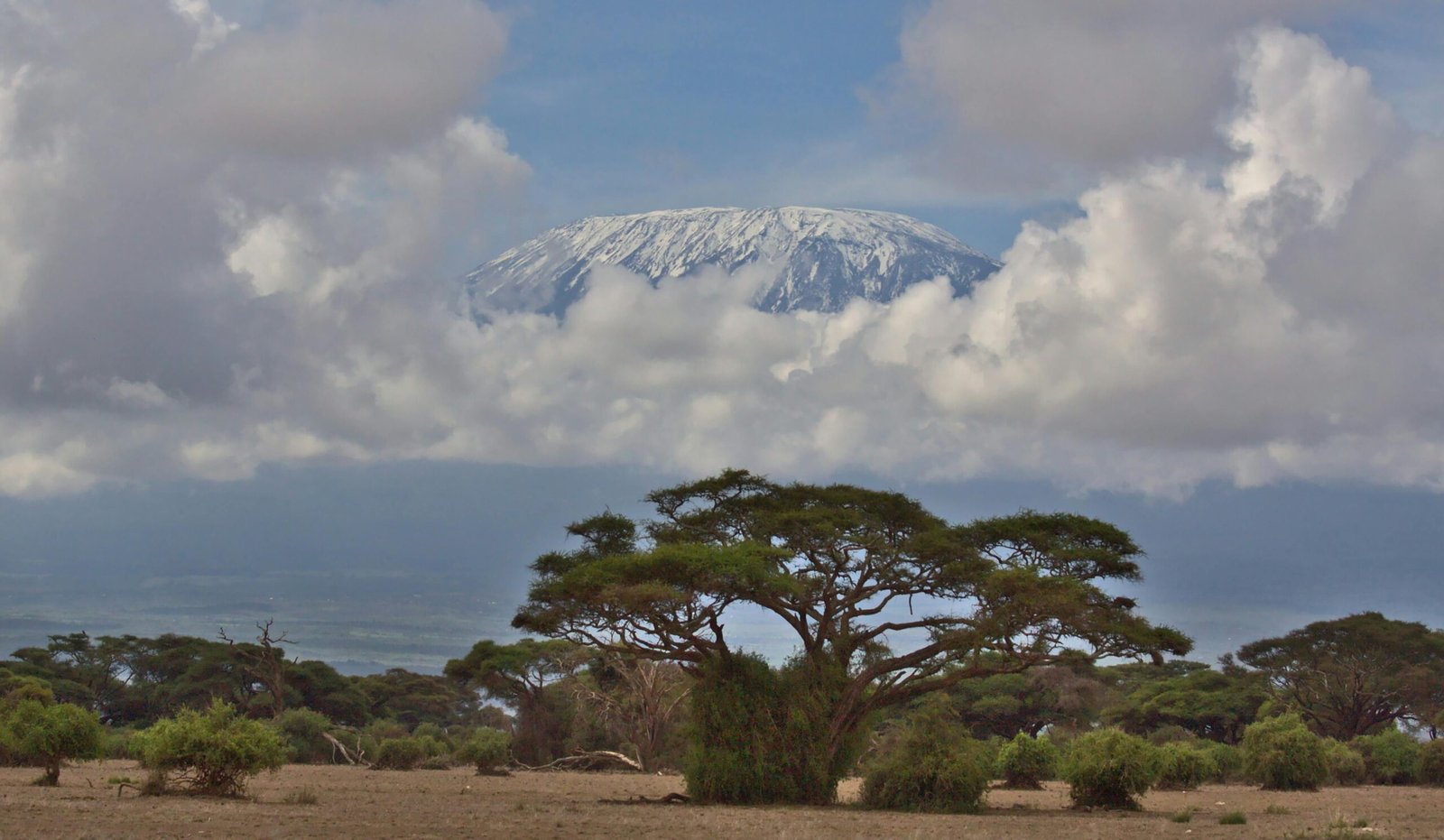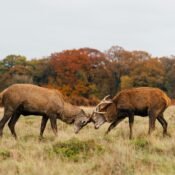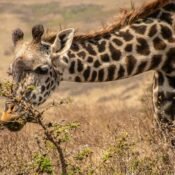
Kilimanjaro vs. Mount Kenya: Which Trek Is Right for You
To a number of adventurers, the conquest of iconic mountains in Africa, Mount Kilimanjaro and Mount Kenya, has been at the top of their bucket-list. They both provide spectacular views, exotic ecosystems, and a challenge of survival. Still, though they might appear to be the same, the two mountains offer completely different hiking experiences. You are feeling like a big challenge or an off-the-beat adventure, you will be able to decide on what kind of trek to go with with this guide.
The Basics: The Highest and Second Highest Peaks in Africa.
Mount Kilimanjaro in Tanzania is tall with 5,895 meters (19,341 ft) making it the tallest mountain of Africa and one of the Seven Summits of the world. It is an inactive volcano having three cones; Kibo, Mawenzi and shira and its snow-capped top Uhuru, which gives panoramic views that seem out of this world.
Mount Kenya is a mountain that is found directly south of the equator in Kenya with an elevation of 5,199 meters (17,057 ft). It has rough, jagged peaks, Batian and Nelion, which make it technically difficult to the climbers, and Point Lenana (4,985 m) provides a non-technical route to the trekkers. Mount Kenya is a UNESCO world heritage site and has strong cultural value to Kikuyu people.
Difficulty On Trekking: Which One Is More Probable?
When contrasting between the Kilimanjaro vs.Mount Kenya, the question that most trekkers would ask is: Which one is more difficult?
The question to this is based on what type of challenge you want.
Kilimanjaro does not demand any technical climbing skills and yet it is physically challenging on account of its height and time. The duration of most of the routes ranges between 6-8 days and anyone can experience altitude sickness. The expedition consists of days of walking, constant ascents on different landscapes, and a final summit ascent at night in sub-zero temperatures.
Both technical and non-technical routes are however available on Mount Kenya. Those who have gone to trek to Point Lenana can only take 4 or 5 days to reach the peak and meet steep paths with fewer chances to be acclimatized. Those climbers who want to attack Batian or Nelion should have some experience in mountaineering because they will be needed to use some ropes and technical equipment.
Verdict:
In case you want a tough endurance test that is at high altitude, then Kilimanjaro. Mount Kenya could be a good choice in case you would like the adventure to be shorter and more technical.
Landscape and Nature: The Exploration of Nature in Strata.
The two mountains are ecological wonders, and taking tourists through a number of climatic habitats within a few days.
Kilimanjaro has spectacular changes in the form of tropical rainforests at its base that get replaced by alpine desert and glacial ice towards the top. One gets the feeling of traveling between the equator and the Arctic. You are going to meet colobus monkeys, giant groundsels, and star-filled skies without an end.
Mount Kenya is more wild and remote. It has bamboo forests, moorlands with giant lobelias and beautiful alpine lakes such as Lake Ellis and Lake Michaelson. The mountain boasts of endangered wildlife like the elephants, hyenas and even the leopards in the lower forests.
Verdict:
Kilimanjaro offers expansive, spectacle sceneries with unrealistic mountain top scenery whereas with Mount Kenya offers greater diversity of flora, fauna and crowd-free tranquility.
Crowds and popularity: loneliness or common soul.
Kilimanjaro has almost 50,000 tourists who are climbing it each year and this makes it one of the most popular trekking spots on earth. The friendship between climbers and local guides is sometimes motivating, and some might not experience the paths to be clear enough, particularly when climbing such routes as Machame or Marangu.
Mount Kenya attracts much less tourists, making the experience more intimate and quiet. You may not see another party on most days. This is isolation, which gives trekkers the ability to bond with the natural world and enjoy the silence of the mountain.
Verdict:
Kilimanjaro is the best option in case you want to meet other trekkers all over the world.
Mount Kenya is more appropriate when you are in need of peace, quietness and the sense of real wilderness.
Routes and Accessibility
There are various paths on Mt. Kilimanjaro, which include Machame, Lemosho, Rongai, Marangu and Northern Circuit. Each of them is different in terms of duration, landscape, and difficulty. Lemosho and Machame paths are especially preferred due to their scenic beauty and better success.
Mount Kenya has Sirimon, Chogoria and Naro Moru paths. There are a number of different routes that many trekkers use in order to see different landscapes such as rising up one and descending the other. Chogoria route, waterfalls and glacier lakes make the route the one most frequently thought of as the scenic route.
Verdict:
Kilimanjaro has diverse, fully equipped paths that are perfect to individuals who are on their first attempt whereas the Kenya mountain has less demanding and flexible paths that are perfect among people who like adventure.
Costs and Logistics
Kilimanjaro trekking is usually more costly and includes national parks fees, extensive time, and necessitate an assistance force (guides, porters, cookers). Average is between 1800-3500 basing on the route and operator.
Mount Kenya treks are also cheaper with an average price of between 800 and 1500 dollars on a guided excursion. It is a cheaper but still rewarding option in comparison to the longer itinerary and reduced logistical requirements.
Verdict:
Mount Kenya is cheaper in case the budget is of a major concern. However, Kilimanjaro is worth the expense to make once in a lifetime ascent and the glory of climbing the highest top in Africa.
Success Rate and Acclimatization.
The success rate of the Kilimanjaro mountain is determined by the route taken and the pace at which the trekker will be walking. Other routes where the number of days to acclimatize is higher such as Lemosho or Northern Circuit, can be above 90 percent successful. The route time can fall to less than 70% as a result of altitude sickness.
The peak of Mount Kenya is lower and thus altitude sickness is not so serious but steep gradient and less acclimatization time may be a problem.
Verdict:
Kilimanjaro is a patient and enduring route whereas Mount Kenya is a demanding and agile mountain.
Cultural and Emotional association.
Kilimanjaro has an allegorical value with the meaning of the Mountain of Greatness, which is a source of freedom and success. Hospitality of the Tanzanians, singing porters, warm guides, and the wholeness of the Tanzanian word, Pole Pole (slowly, slowly), introduces emotion to the climb.
The Kikuyu people attach very deep spiritual significance to the mountain of Kenya as they believe that their God Ngai is found on the mountain. The walk is more religious and personal, and it provides an understanding of the domestic Kenyan customs and nature.
Verdict:
Kilimanjaro is a symbol of international victory, whereas Mount Kenya is a symbol of national spirituality.
Conclusion: What Trek Should You Buy?
When you dream of standing on the top of Africa, and watching the sunrise rising beyond boundless clouds and looking down upon the world, then Mount Kilimanjaro is your mountain. It is a test of patience, a lesson on patience and a tale that you will take with you as long as you live.
However, should you wish rougher scenery, smaller crowds, and a very wild African adventure, Kenya has no better serenity and natural beauty. It is a hidden treasure trove to experienced hikers given that it combines alpine lakes, rugged mountains and cultural richness.
In the end, the two mountains are not merely a summit but a symbol of the individual experience of developing and interaction with the grandiose of the African wilderness.




